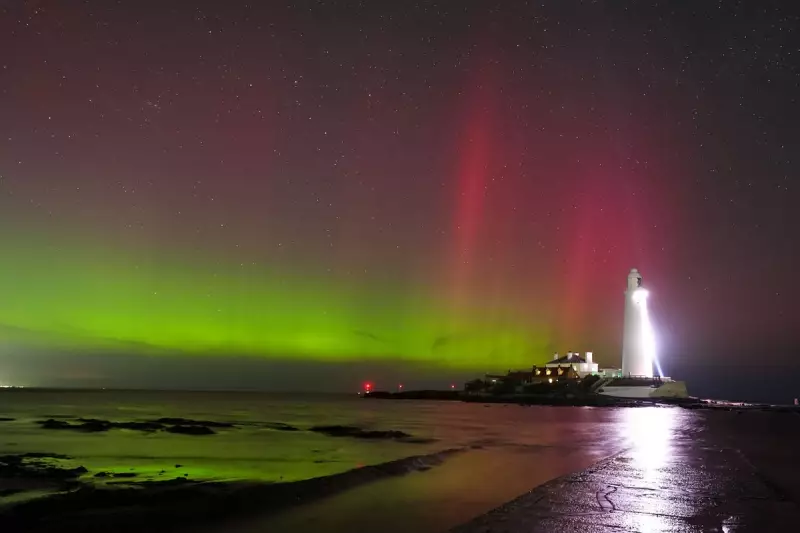
A colossal 'cannibal' solar storm, the most powerful to strike Earth in over two decades, is currently impacting the planet, with experts warning of significant disruptions to technology and a spectacular display of the Northern Lights across the UK.
Widespread Technological Disruption
The British Geological Survey (BGS) has issued a severe warning, upgrading its geomagnetic forecast to the highest intensity level. The organisation confirmed that this major space weather event will likely disrupt communications and satellite navigation systems, including GPS.
Dubbed a 'cannibal storm,' the phenomenon occurs when a second, faster coronal mass ejection (CME) from the Sun overtakes and consumes an earlier one, creating a more potent and complex geomagnetic storm. The BGS stated that current predictions suggest this combined storm could have further significant impacts on both space-based and ground-based technologies.
Early data is already setting records. The BGS added that ground measurements of solar energetic particles are among the largest recorded since 2005, underscoring the storm's intensity.
Nasa Launch Postponed Amid Solar Fury
The storm's power has forced Nasa to postpone a crucial space launch due to "highly elevated solar activity." The mission was set to carry two spacecraft destined for Mars.
Space tech company Blue Origin announced the decision on X, stating: "Nasa is postponing launch until space weather conditions improve. We are currently assessing opportunities to establish our next launch window based on forecasted space weather and range availability."
A Spectacular Silver Lining: The Aurora Borealis
While the solar storm presents challenges, it also offers a breathtaking benefit for skygazers. The increased solar activity means the Northern Lights may be visible across parts of the UK on Wednesday night, following confirmed sightings in the north east of the country on Tuesday.
The Met Office explained that the storm results from the Sun going through an active phase, experiencing coronal mass ejections. These large expulsions send solar particles hurtling towards Earth, and when these particles interact with our atmosphere, they create the dazzling light display known as the Aurora Borealis.
Krista Hammond, Met Office space weather manager, said: "Multiple coronal mass ejections have reached Earth in recent days. This event is likely to be of a similar magnitude to the one in May 2024, which brought auroras across much of England and Wales."





